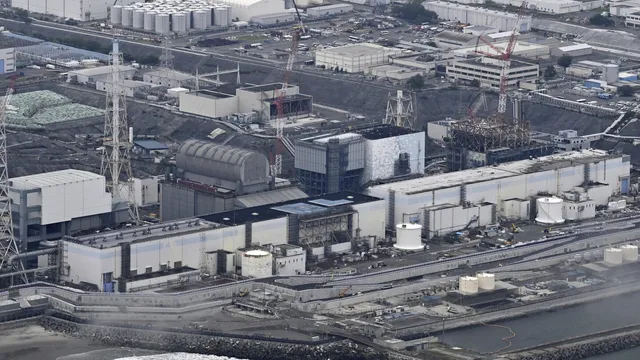
Robot starts fuel removal at Fukushima nuclear plant in Japan
2024-09-10 11:25- A robot entered the Unit 2 reactor at Fukushima on Tuesday to begin retrieving melted fuel debris.
- The mission is part of a larger, decades-long decommissioning process following the 2011 disaster.
- Experts believe this initial step is critical for understanding the debris and developing future removal strategies.
Express your sentiment!
Insights
On Tuesday, a robot began its mission inside the damaged Unit 2 reactor at Japan's Fukushima nuclear power plant, marking a significant step in the long-term decommissioning process. This operation aims to retrieve melted fuel debris for the first time since the catastrophic events of 2011, when a massive earthquake and tsunami severely damaged the facility. The robot can extend approximately 6 meters (20 feet) into the reactor, and the entire roundtrip journey is expected to take about two weeks. The retrieval of melted fuel debris is crucial for ensuring safety, as the aging reactors pose potential risks. Experts emphasize the importance of sampling the debris to understand its composition better, which will inform future removal strategies. TEPCO, the plant's operator, is taking precautions by limiting daily operations to two hours to minimize radiation exposure for workers. The process of decommissioning Fukushima is daunting and could take decades, with estimates ranging from 30 to 100 years. The initial mission is just the beginning, as TEPCO plans to deploy drones for further exploration of the other damaged reactors, Units 1 and 3. These reactors present additional challenges, particularly Unit 3, which is filled with a larger volume of water. As the cleanup progresses, the focus will shift to developing more advanced robotic technologies capable of handling larger debris pieces. The ultimate goal is to safely store the highly radioactive material in engineered canisters, ensuring long-term safety and environmental protection.
Contexts
Tokyo Electric Power Company has initiated a pilot operation to remove radioactive debris from the Fukushima nuclear plant, which suffered extensive damage due to a tsunami in 2011. This operation marks a significant step towards the plant's decommissioning, as approximately 880 tons of hazardous material remain on site. The removal process aims to collect a small sample of the radioactive debris for analysis, which is crucial for understanding the extent of contamination and planning further decommissioning efforts. The operation had previously faced delays due to technical issues, highlighting the challenges involved in managing the aftermath of the disaster. The Fukushima disaster, one of the most severe nuclear accidents in history, has necessitated ongoing efforts to ensure safety and mitigate environmental impacts. The successful removal of debris is essential for restoring the site and preventing further contamination. As the pilot operation progresses, it will provide valuable insights into the complexities of radioactive waste management and the long-term decommissioning process at the Fukushima plant.